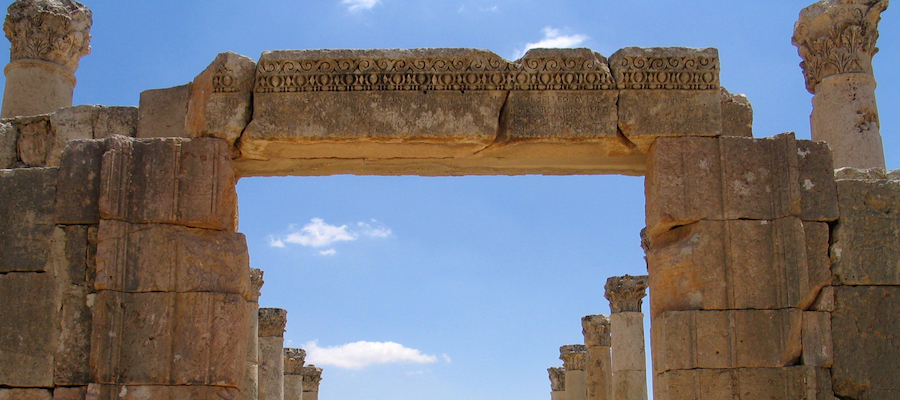Most early Byzantine cities were densely layered spaces. Embedded within sites of longstanding occupation, their urban fabrics contained numerous damaged, dilapidated, or merely outdated structures that were in need of repair or rebuilding. This paper examines how architectural restoration work formed potent hinges between past and present and how early Byzantine patrons and authors capitalized on rebuilding projects as opportunities to concretize histories of place. Beyond offering us evidence about the evolution of the ancient city, I argue that early Byzantine testimony about architectural change—from archaeological remains and surviving building inscriptions to narratives of architectural rebuilding—helps us access contemporary understandings of the past and its perceptibility in the material world.
Sponsored by the Mary Jaharis Center for Byzantine Art and Culture and Harvard University Standing Committee on Medieval Studies.
